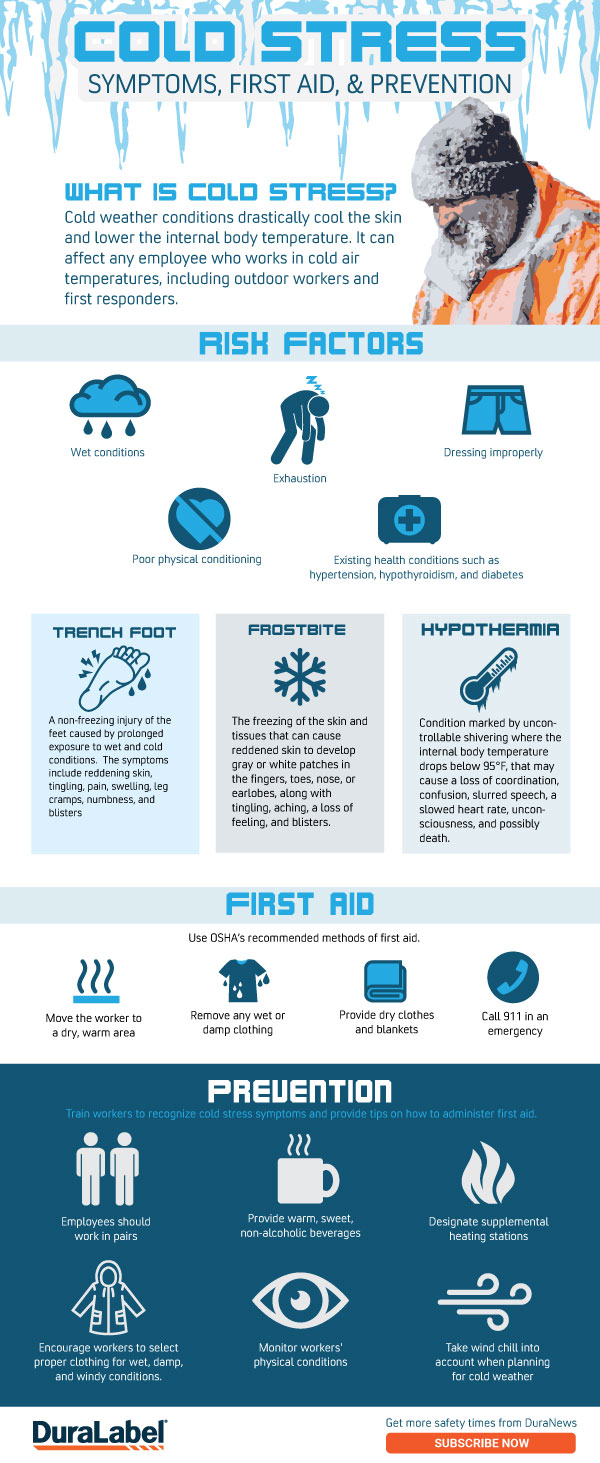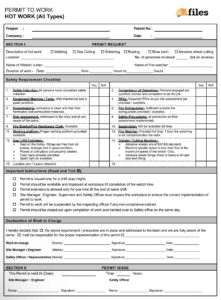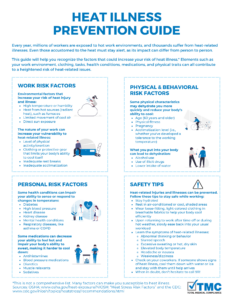Extreme temperatures, both hot and cold, can pose serious health risks to workers. Employers have a responsibility to protect their employees from heat and cold stress by implementing a comprehensive safety program. This template provides a framework for developing and implementing a compliant heat and cold stress safety program.

Hazard Assessment and Control Measures
The first step in developing a heat and cold stress safety program is to conduct a hazard assessment to identify potential sources of heat and cold stress in the workplace. This assessment should consider factors such as the type of work being performed, the environmental conditions, and the personal protective equipment being used. Once the hazards have been identified, effective control measures should be implemented to reduce the risk of heat and cold stress. These measures may include engineering controls, administrative controls, or a combination of both.
Engineering controls are physical changes to the workplace that can reduce the risk of heat and cold stress. Examples of engineering controls include installing air conditioning or heating systems, providing shade or shelter from the sun or wind, and using insulated tools or clothing. Administrative controls are policies and procedures that can reduce the risk of heat and cold stress. Examples of administrative controls include limiting the amount of time employees are exposed to extreme temperatures, providing rest breaks in cool or warm areas, and training employees on the signs and symptoms of heat and cold stress.
Employee Training and Education
Employees must be trained on the hazards of heat and cold stress, the control measures in place, and the signs and symptoms of heat and cold stress. Training should be conducted in a language that employees can understand and should be tailored to the specific hazards and risks present in the workplace. Employees should also be encouraged to report any concerns or symptoms of heat or cold stress to their supervisor.
In addition to formal training, employers should provide ongoing education and awareness programs on heat and cold stress safety. This can be done through posters, newsletters, or other communication channels. Employers should also encourage employees to discuss heat and cold stress safety with each other and to share any tips or best practices that they have.
Emergency Preparedness and Response
Employers should develop and implement an emergency preparedness and response plan for heat and cold stress. This plan should include procedures for responding to heat-related illnesses, cold-related illnesses, and other emergencies. The plan should also designate a qualified person to be responsible for implementing the plan and communicating with emergency responders.
The emergency preparedness and response plan should be regularly reviewed and updated to ensure that it is effective and up-to-date. Employers should also conduct drills and exercises to test the plan and ensure that employees are familiar with the procedures.

